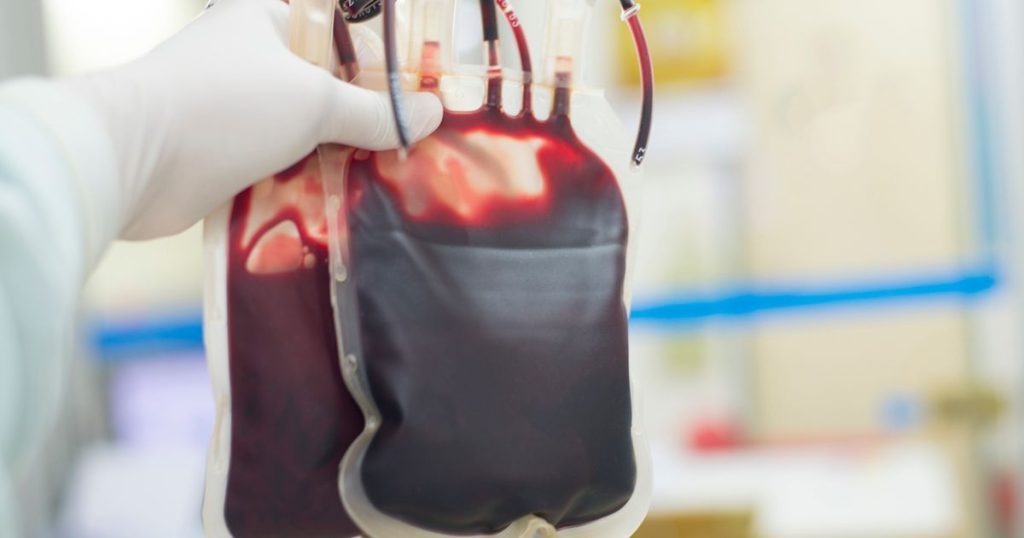At least 30,000 people in the UK were infected with unscreened blood carrying either HIV or hepatitis between 1970 and 1991. This tragedy has resulted in the deaths of around 3,000 people, with thousands more thought to be living with hepatitis C – a condition that often shows no symptoms until it reaches a more advanced stage. The tainted blood was given to two main groups: those with haemophilia and similar conditions that affect blood clotting. Hepatitis C is referred to as a ‘silent killer’ because initial symptoms are hard to notice, but over time, it can lead to severe liver diseases and cancers.
Efforts to prevent the spread of these deadly infections were lacking during the time of the scandal. Blood screenings only began in 1991, after the first virus was discovered just 18 months prior. These screenings came too late for many victims who had already received tainted blood. The infected blood inquiry has revealed shocking documents that expose how patients were treated without their consent. This negligence has led to thousands of deaths and long-lasting health consequences for survivors. The scandal has been recognized as the largest treatment disaster in the history of the NHS.
The aftermath of the infected blood scandal continues to affect the lives of thousands of people in England. Many individuals who received tainted blood during transfusions may not be aware that they are carrying a life-threatening infection. Hepatitis C, a blood-borne virus, can lead to serious conditions like liver cancer and failure if left untreated. The infected blood inquiry report coming out today is expected to shed more light on the extent of the damage caused by this tragedy. Efforts to raise awareness about the risks of hepatitis C have led to a surge in requests for home-testing kits, with thousands taking action to protect their health.
The scandal highlighted how the NHS struggled to meet the demand for blood-clotting treatments, leading to the importation of supplies from the US. These supplies included donations from high-risk groups like drug users and prison inmates. The lack of proper screenings and oversight resulted in the widespread contamination of blood products before precautions were implemented in 1991. As a result, thousands of patients faced irreversible consequences due to infections that could have been prevented. The inquiry’s findings have exposed a history of negligence and unethical treatment of vulnerable patients.
The infected blood inquiry’s final report is a long-awaited moment for many affected by this tragedy. For the survivors and families of the victims, this report represents a chance for justice and accountability. The harrowing stories of those who lost their lives or suffered health complications due to tainted blood need to be acknowledged and addressed. The inquiry’s findings could lead to changes in policies and practices to ensure that such a disaster never happens again. It is critical to learn from the mistakes of the past and take steps to prevent similar tragedies in the future.
The urgency to address the repercussions of the infected blood scandal is underscored by the rising demand for testing and information about hepatitis C. Thousands of individuals may be living with this ‘silent killer’ without realizing the risks to their health. By raising awareness and providing access to testing and treatment, it is possible to prevent further harm and support those affected by the tainted blood products. The voices of the victims and their families must be heard, and steps must be taken to ensure that such a tragic event is never repeated. The publication of the infected blood inquiry’s final report marks a significant moment in the pursuit of justice and accountability for all those impacted by this devastating chapter in the history of the NHS.


